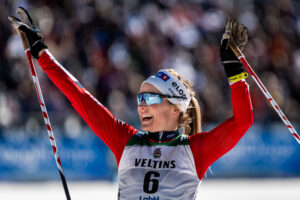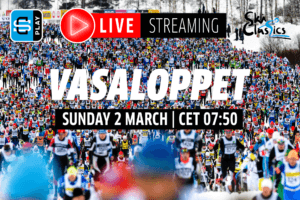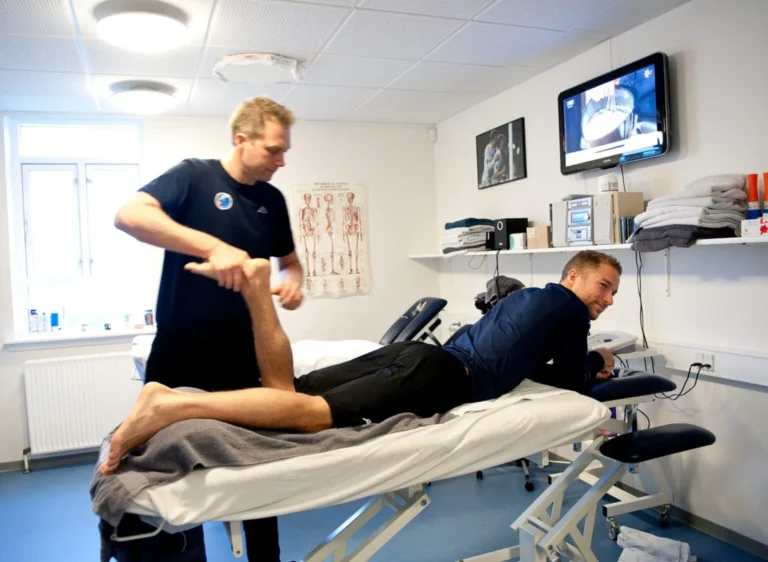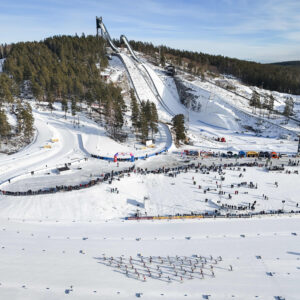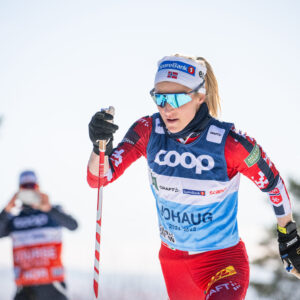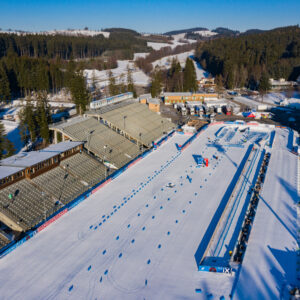Ski selection for long-distance races
Skin skis, double poling skis, or traditional classic skis: What should you choose for Vasaloppet and other long-distance races? Experts have a clear recommendation.
Skin skis, double poling skis, or classic skis? The best ski for Vasaloppet and other long-distance races depends on the type of skier you are, and each type of ski has its advantages. But who should choose which type of ski?
Vasaloppet expert Erik Wickström knows more than most about selecting the right skis for Vasaloppet, the various types of skis, and which ski suits which type of skier. Erik has talked with Langd.se about ski selection.
Erik Wickström has written several books on cross-country skiing, training, and equipment. He also gives lectures and hosts the podcast “Lagom Kondition,” aimed at beginners and recreational skiers. He now offers training guidance for skiers of all levels through his company, Wickström Coaching.
How to Choose the Right Skis
The right skis for Vasaloppet depend largely on the type of skier you are, and Wickström emphasizes that each type has its advantages.
Here, he describes the three different types of skis used in long-distance races.
Skin Skis
Wickström started using skin skis in 2011 and believes it’s entirely possible to race fast with the current generation of these skis.
“There’s been a lot of progress in the past 10-15 years. They glide just as well as other competitive skis and often provide a reliable grip. I actually argue that skin skis are the best choice for perhaps 80-90% of those competing in the Vasaloppet,” he says.
Wickström finished 11th in the elite class on skin skis during the Holmenkollen Marathon in 2019. According to Langrenn.com, he is the only person to have qualified for the elite start in the Vasaloppet using skin skis.
Wickström does point out some limitations of skin skis.
“When I raced the Holmenkollen Marathon on skin skis, I had just as good glide as anyone else downhill. But skin skis are not as fast when you change tracks or when you go on your toes to make a new pole push. That’s where skate skis are superior, as that’s what they are designed for,” he continues.

Double Poling Skis
Double poling skis are the fastest-growing segment within the cross-country skiing world. There are good reasons for this, according to Wickström.
Firstly, both the tracks and skis have improved, but people’s training methods have also changed.
“Many recreational skiers now train a lot on roller skis during the summer and fall, which involves a lot of double poling. Many have also started using ski ergometers. It’s completely different now compared to a couple of decades ago,” he says.
Jörgen Aukland was the first to win Vasaloppet on skis with no grip wax in 2013, followed by Laila Kveli in 2014. Back then, they used traditional classic skis. After this, ski manufacturers began to develop skis specifically designed for double poling. Today, nearly all major ski manufacturers offer pure double poling skis or so-called DP skis.
The advantage of double pole skis is that they are designed to be fast when double poling.
“They are similar to a regular classic ski in construction, but they have a stiffer kick zone. That means they feel quite soft, but it’s difficult to compress the last part. This gives a great feeling of speed,” Wickström explains and adds, “I think the biggest difference between traditional classic skis and double poling skis is when you double pole with high intensity, especially in uphill sections. Double pole skis feel faster than classic skis, and this is reinforced by the fact that double poling skis are usually shorter. It gives its own sensation of speed.”
Also Read: Fueling for Vasaloppet: Nutrition strategy for before, during, and after the event

Double Poling Skis vs. Skate Skis
Wickström emphasizes that double poling skis should not be confused with skate skis, although both are developed to be used without grip wax.
“Skate skis can work in some situations, but they are completely different in construction from double poling skis, and most people will find skate skis to be stiffer. They might work well at the start, but later in the race, they tend to get heavy to ski on,” Wickström explains, having previously raced long-distance events with skate skis.
Buying new skate skis is not necessarily required, even if you’ve decided to double pole.
“Depending on the flex, a traditional classic ski might also work as a double pole ski. So, if you’re a recreational skier curious about trying double poling, I recommend experimenting with the skis you already have. If they work well, you don’t need to buy double poling skis,” he suggests.

Traditional Classic Skis
Even though more and more skiers are opting to double pole at Vasaloppet and other long-distance races, or choosing skin skis for grip, Wickström makes it clear that traditional waxable classic skis still have a place.
“They’re still a little faster than skin skis. So, those racing in the World Cup or elite classic skiing still need classic skis. But for a small group of Vasaloppet and long-distance skiers, they are also the best choice: For those concerned with times and who enjoy diagonal skiing, or who can’t ski the entire race with only double poling, traditional classic skis are the way to go,” Wickström says.
A significant downside to classic skis is waxing. This is especially true when the conditions vary between the start and finish.
“At Vasaloppet, it can often be minus ten degrees at the start and several degrees above zero by the finish. It’s challenging to find the right wax that works for the entire race. At the very least, you need to be very knowledgeable about waxing or have access to a waxing team,” he explains.

Summary: Which Type of Ski Suits Which Skier?
“Most people should choose skin skis. But don’t forget to select a binding that you can adjust without removing your skis. Move the binding forward from the zero point to get a better grip and backward for better glide. I claim this will work for most of those competing at Vasaloppet. They glide as well as double poling skis and classic skis, and you don’t have to worry about grip wax,” Wickström says and adds, “For those focused on times and who believe they’ll go faster by double poling Vasaloppet, or those aiming to double pole the whole race, double poling skis should be chosen. And then there’s a very small group of skiers who should choose classic skis—those who care about their time but don’t want or can’t double pole the entire Vasaloppet.”
Updated February 27, 2025: A version of this article was published in 2024.
Are you interested in Ski Classics and long-distance skiing? Click HERE and read more about it.


